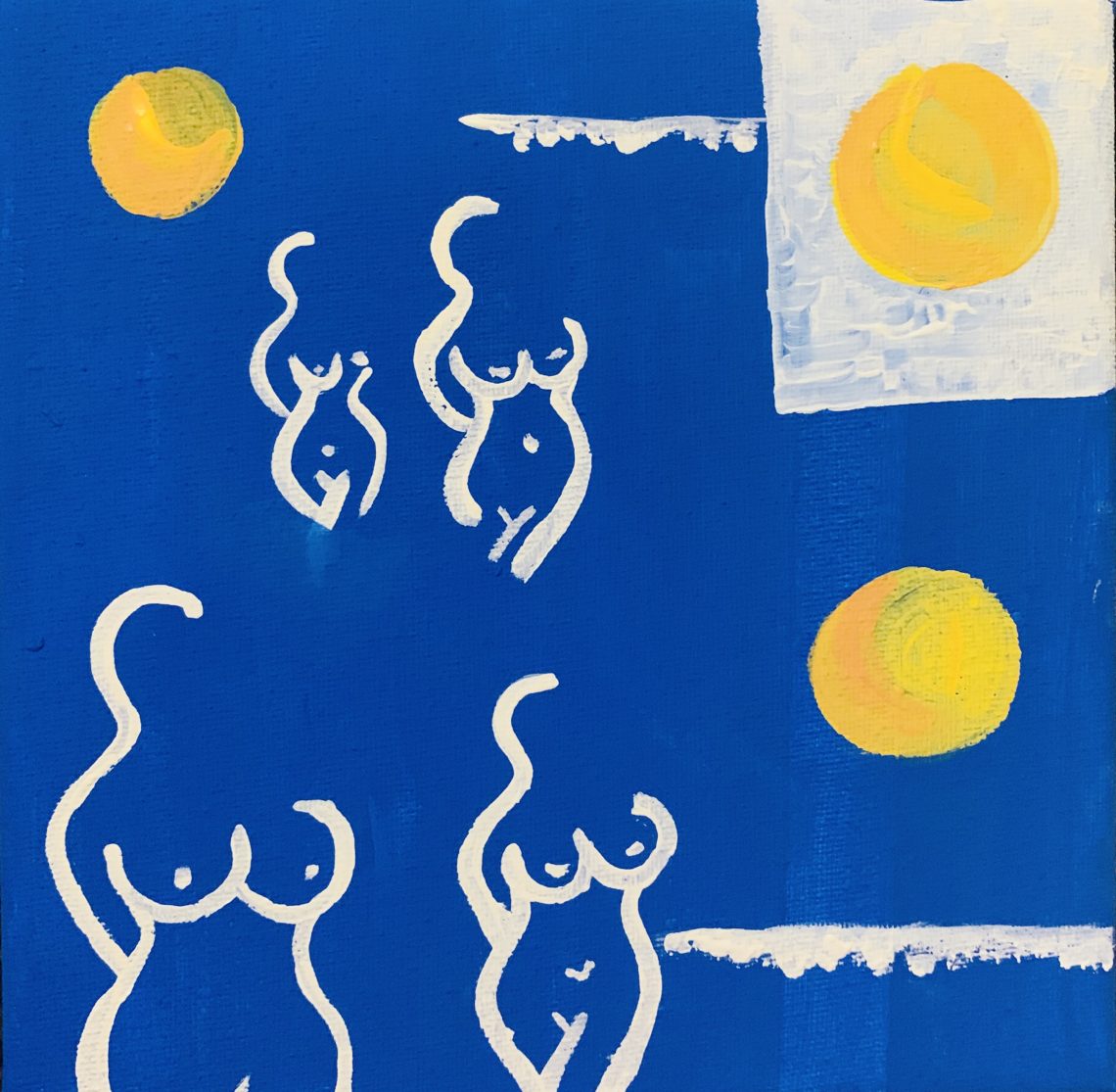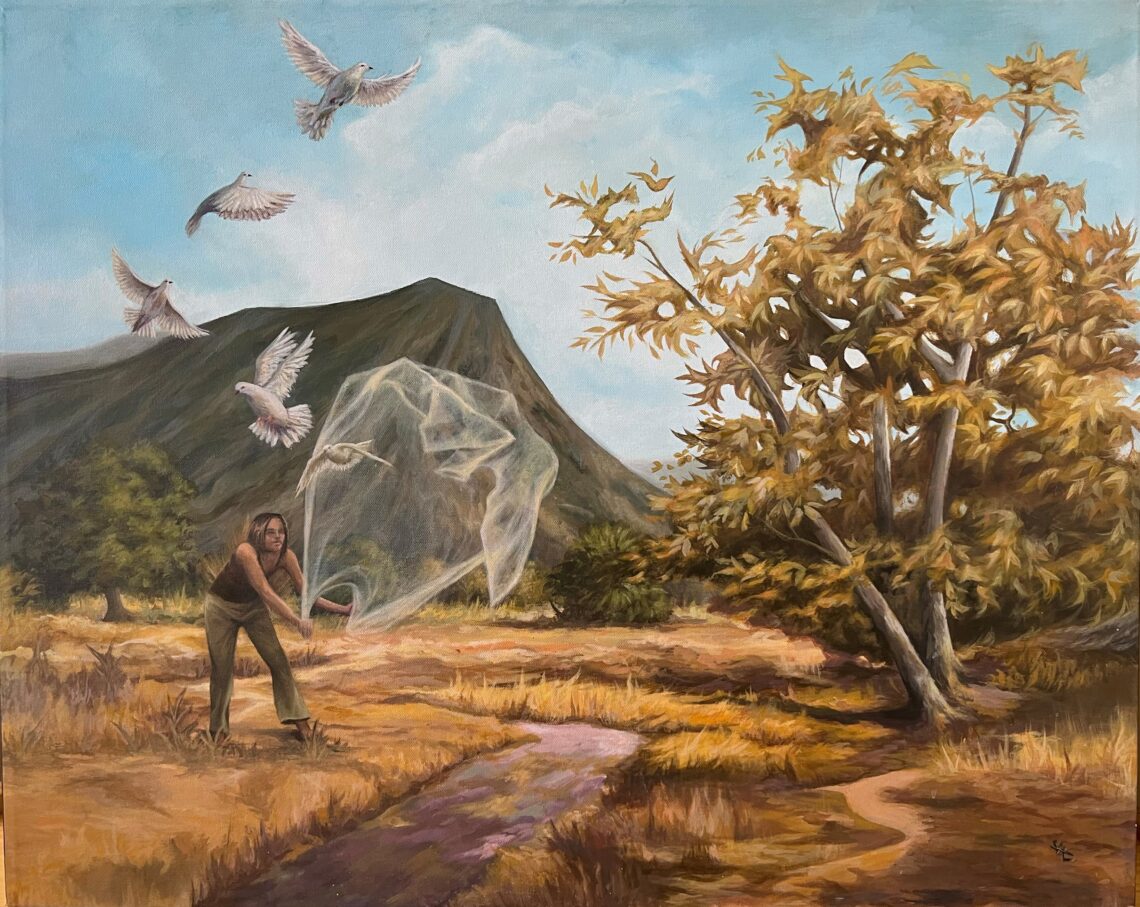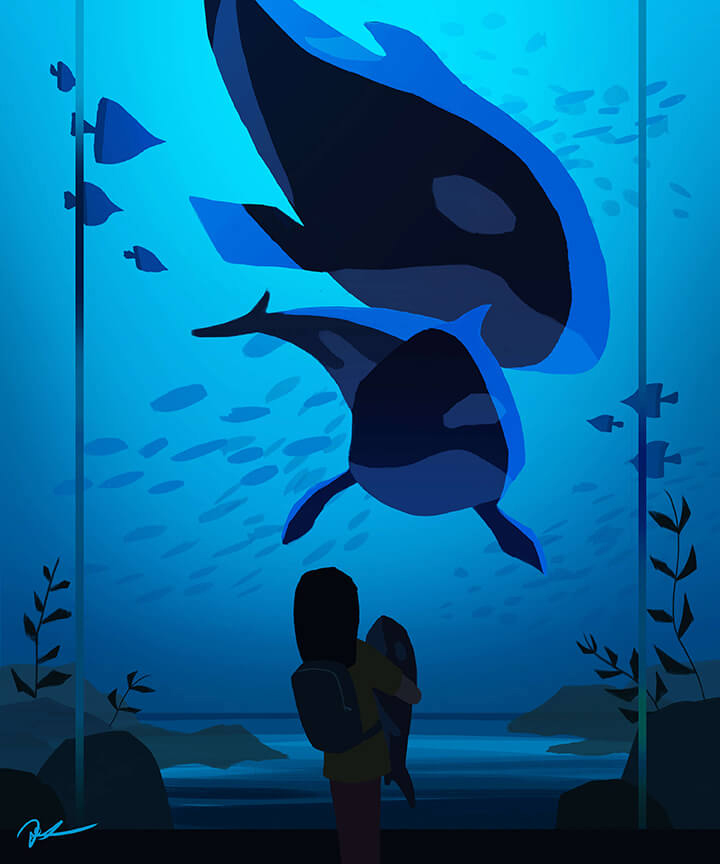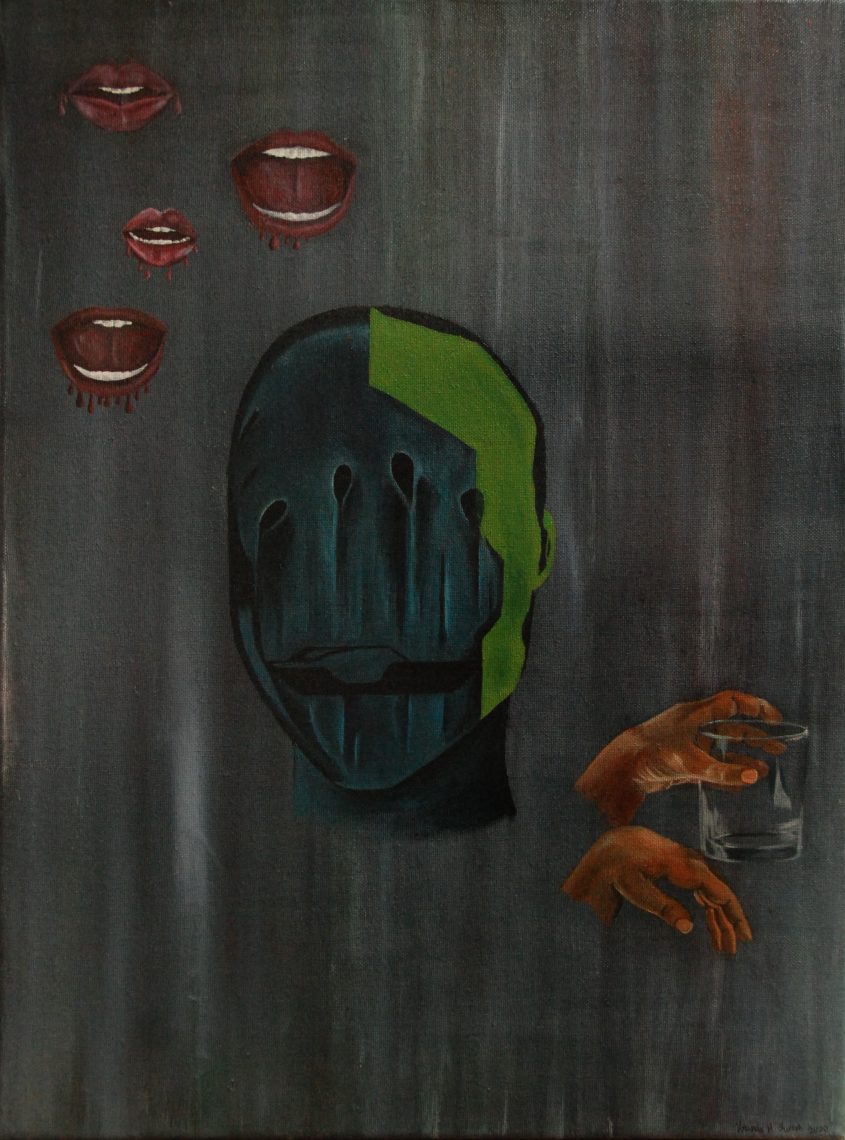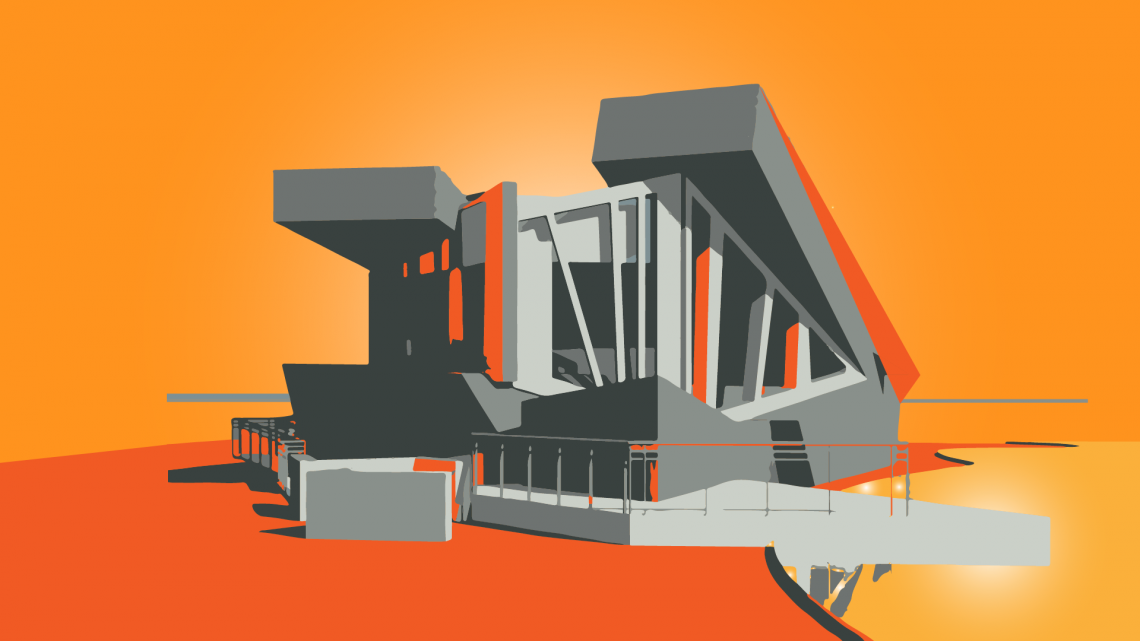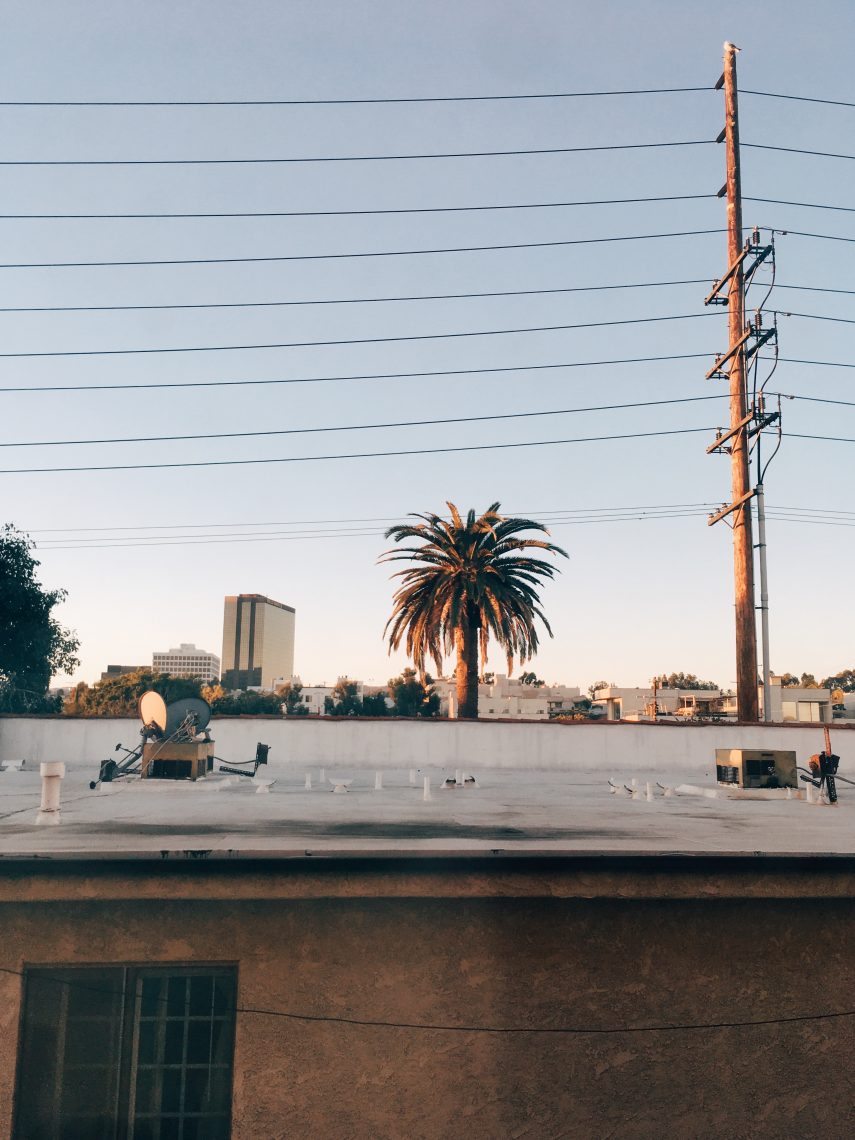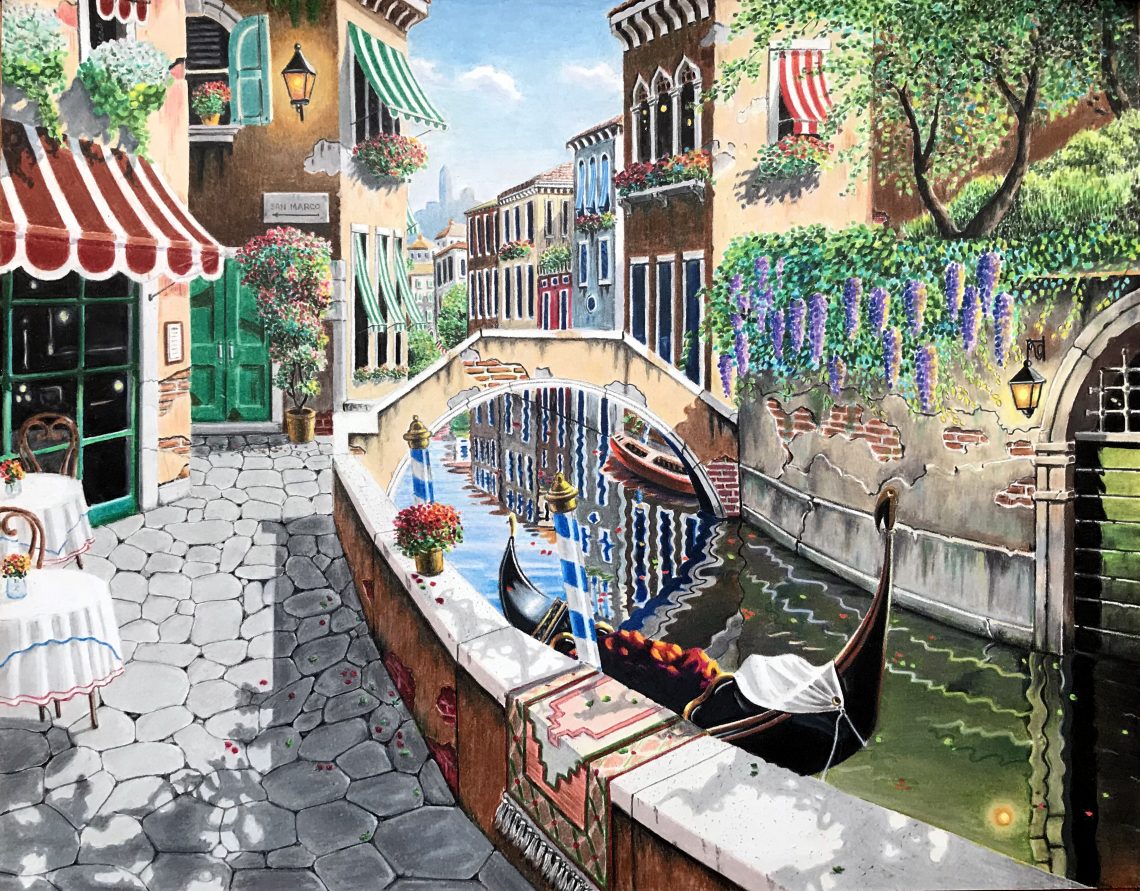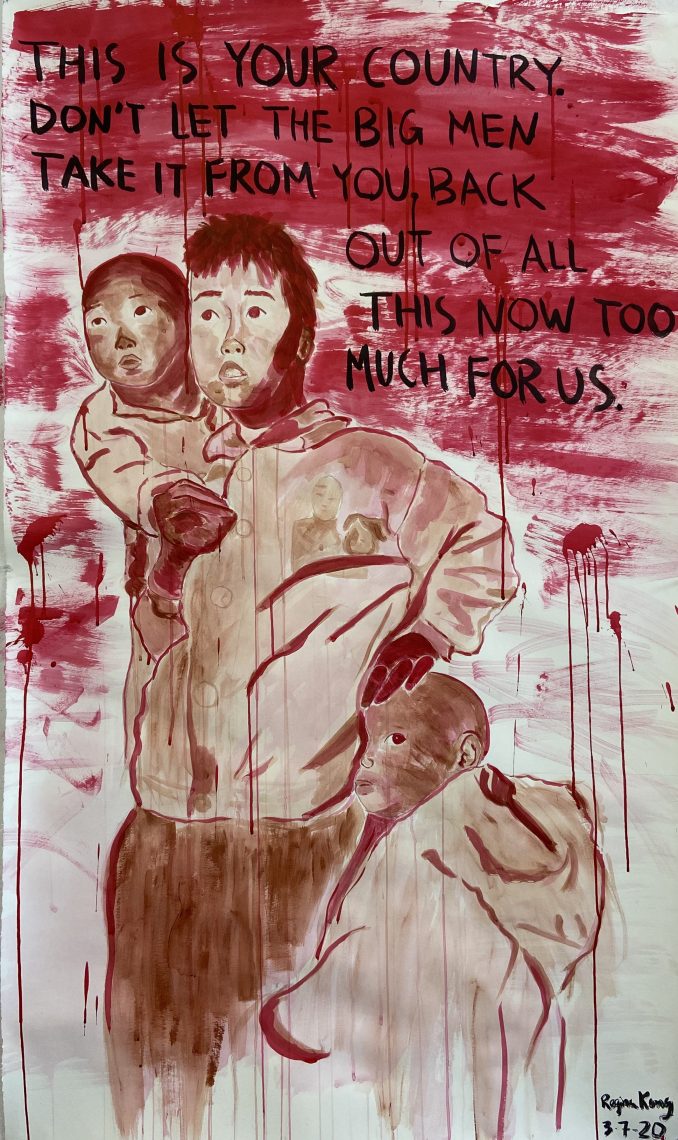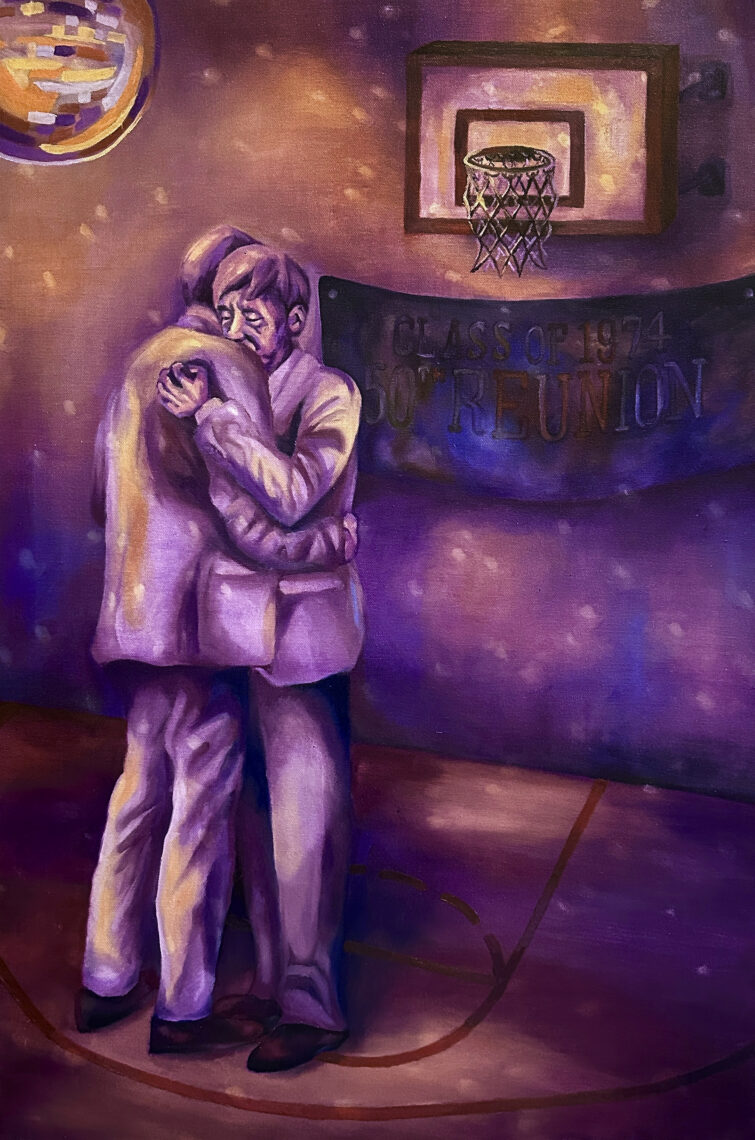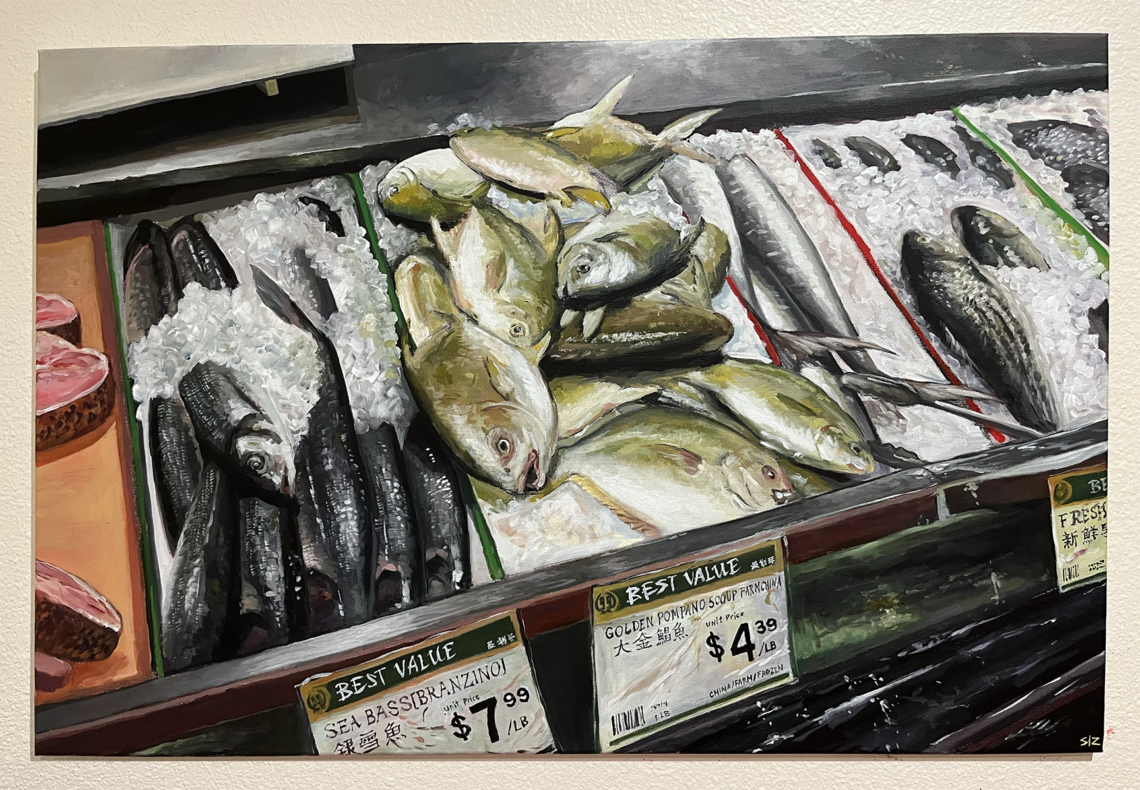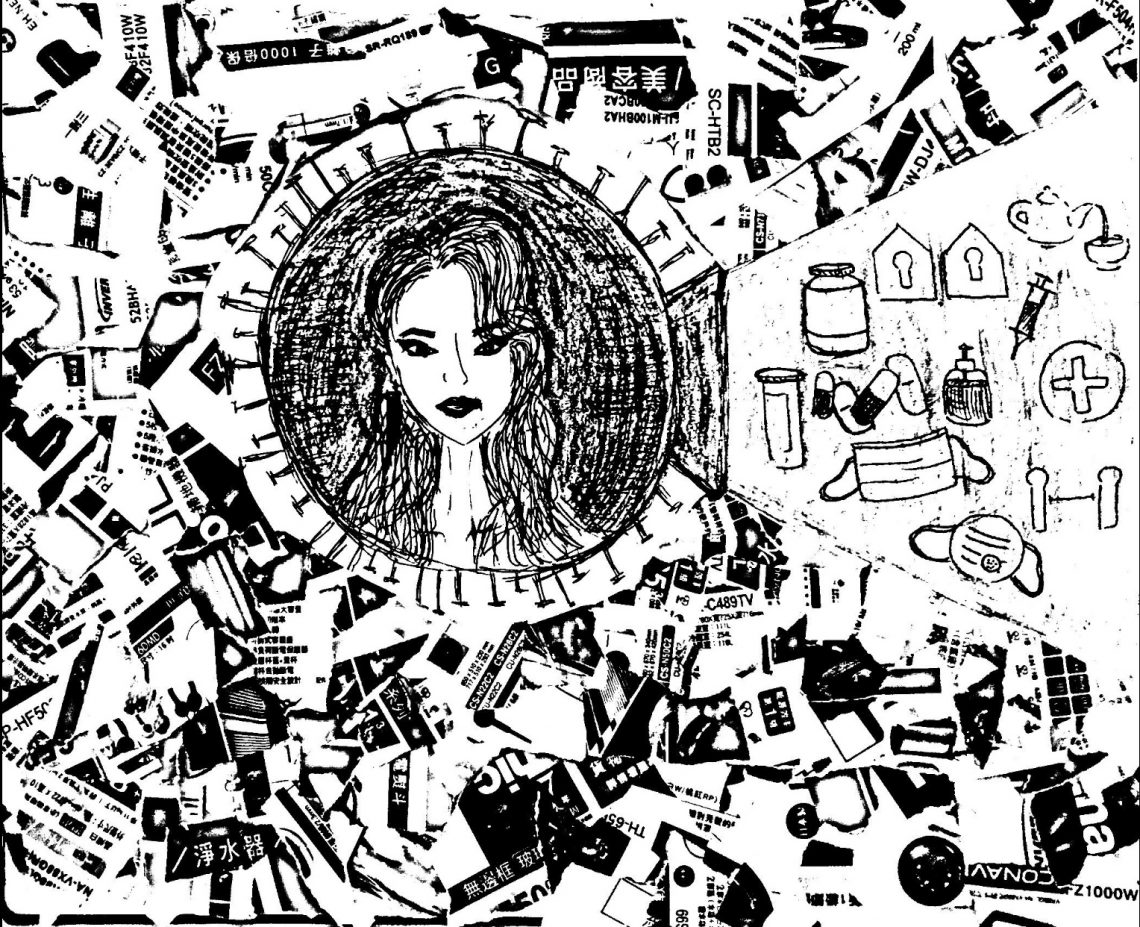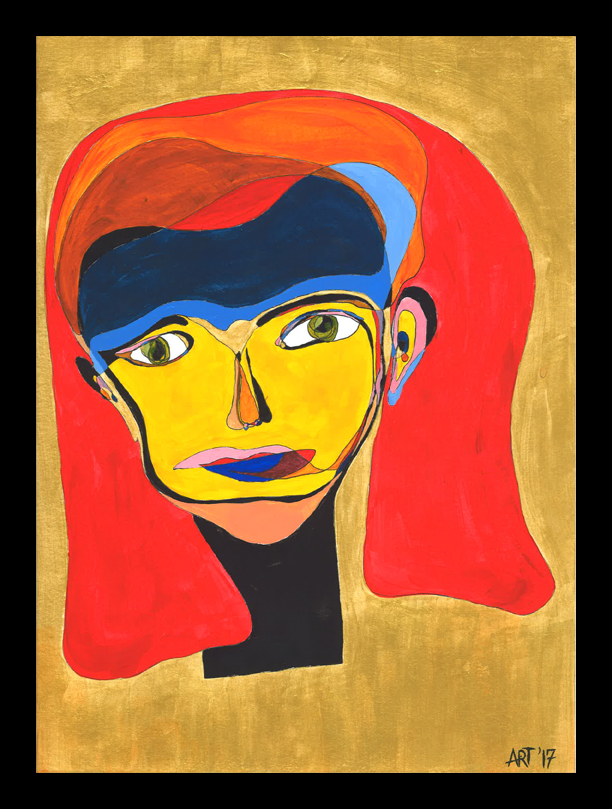Stanford lecturer and artist leads ‘drawing orchestra’ through assembly of frustrated icosahedron to strains of Vivaldi
Physics faculty members and graduate students use tetrahedra to create a less-than-perfect structure that explores the connection between shape and sound.
Before the full Philharmonia Baroque Orchestra takes the stage tonight at Bing Concert Hall to perform Antonio Vivaldi’s oratorio Juditha triumphans, four of its members will participate in something completely different.
Stanford design lecturer and artist Pamela Davis Kivelson will lead her Drawing Orchestra, accompanied by the PBO foursome, in a choreographed construction performance titled Drawing with Tetrahedra.
Members of the physics community who make up the unorthodox orchestra will assemble an icosahedron using 20 two-foot-six-inch tetrahedra of gilded redwood to the strains of two of Vivaldi’s Baroque compositions: Sonata in E-flat major, “al Santo Sepolcro,” and Trio Sonata Op. 1, No. 12 in D minor, “La follia.”
A free open dress rehearsal of Drawing with Tetrahedra is at 12:30 p.m. today, and tonight’s ticketed performance before the Philharmonia Baroque Orchestra concert is at 7:30 p.m. Discussions led by physics assistant professor and Drawing Orchestra member Sean Hartnoll follow both performances.
The icosahedron is the largest Platonic solid, whose 20 faces are all equilateral triangles. But when assembled by binding together 20 perfect tetrahedra, the otherwise ideal form is inexorably fractured by small cracks. The cracks are why the form is often called a “frustrated” icosahedron.
As stated in the performance program, this ideal form is found in many physical contexts; it appears in the microscopic structure of viruses, minerals and glassy materials. Nature itself seems to endlessly relish the special symmetries of the icosahedron.
“This performance explores the connection between shape and sound,” Kivelson explained. “Geometrical forms are analogous to musical patterns, and both have deep connections with abstract mathematics. There is a productive tension between the apparently rigid constraints of ideal forms and the creative energy of a particular work of art.”
Kivelson’s performers file on stage from four corners of the hall, carrying single tetrahedron that they connect to form dimers which they deliver to two builders at center stage. Over the course of the two Vivaldi works, the assembled parts coalesce into the final, solid frustrated form.
Concurrent with the construction taking place at center stage, performers assemble stage left and right into triangle teams that are constantly moving. Each vertex tries to face exactly one other – but in a triangle, this is impossible. Their continual turns and rotations reflect the frustration of this dynamic system, a frustration that mirrors the cracks in the icosahedron. The individual and collaborative choices made on stage contribute to less than perfect interaction, but create a fully realized performance, much like the perfect and imperfect nature of the icosahedron.
Michael St. Clair, who lectures with Stanford’s Theater and Performance Studies, is particularly well-suited for his role as director of Drawing with Tetrahedra, as he holds degrees in theater arts and mathematics. His research focuses on the connections between interaction design, live performance and the performances of nonliving things. He encourages the performers to walk, turn and manage the large tetrahedra naturally.
“The most interesting thing to me about this process is watching smart people struggle with a mechanically complex and nearly impossible object,” St. Clair said. “This is the essence of doing science, art, and even musical performance – it is a constant negotiation between abstract perfection and the realities of physical stuff. So we spend a great deal of effort on doing extremely silly things very precisely – and if we do it right, we produce improbably beautiful systems.”
Kivelson described the goals of the project: “I think we are doing something truly new here. We are drawing with movement, describing shapes and form with our bodies, color, and light in space. It is a new way to experience the underlying structures in art while watching non-dancers move and express their improvisational selves to music.”





